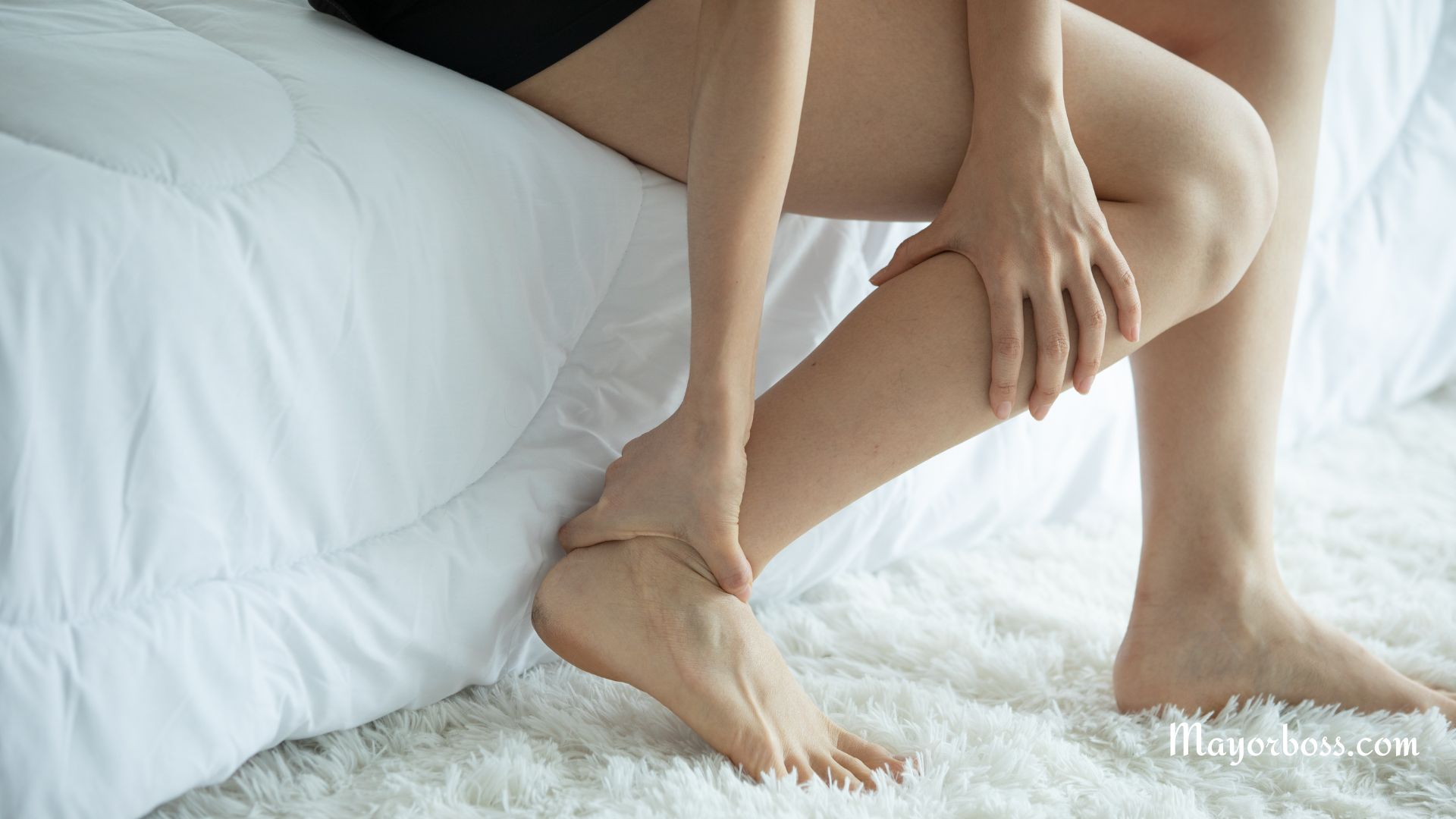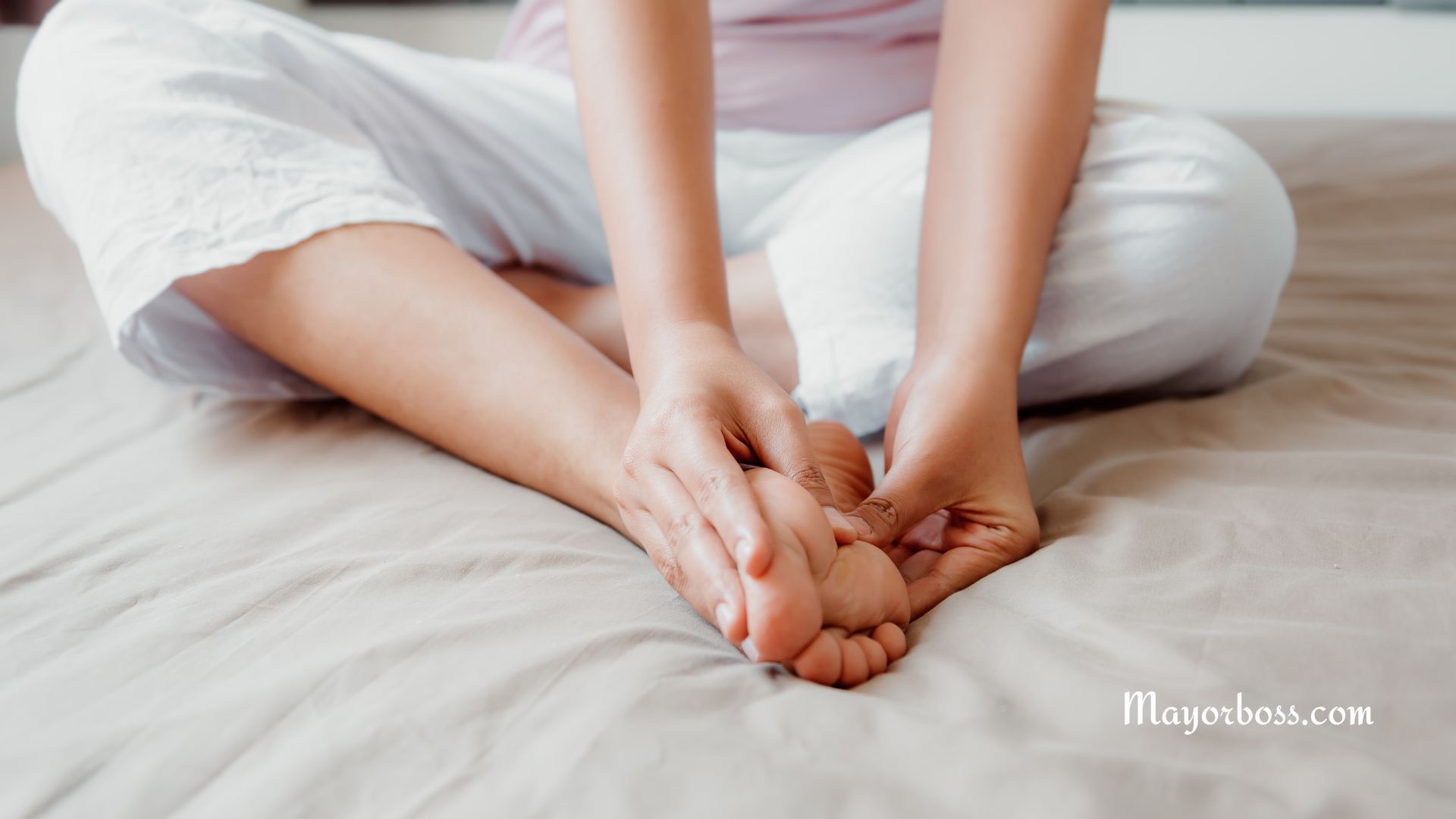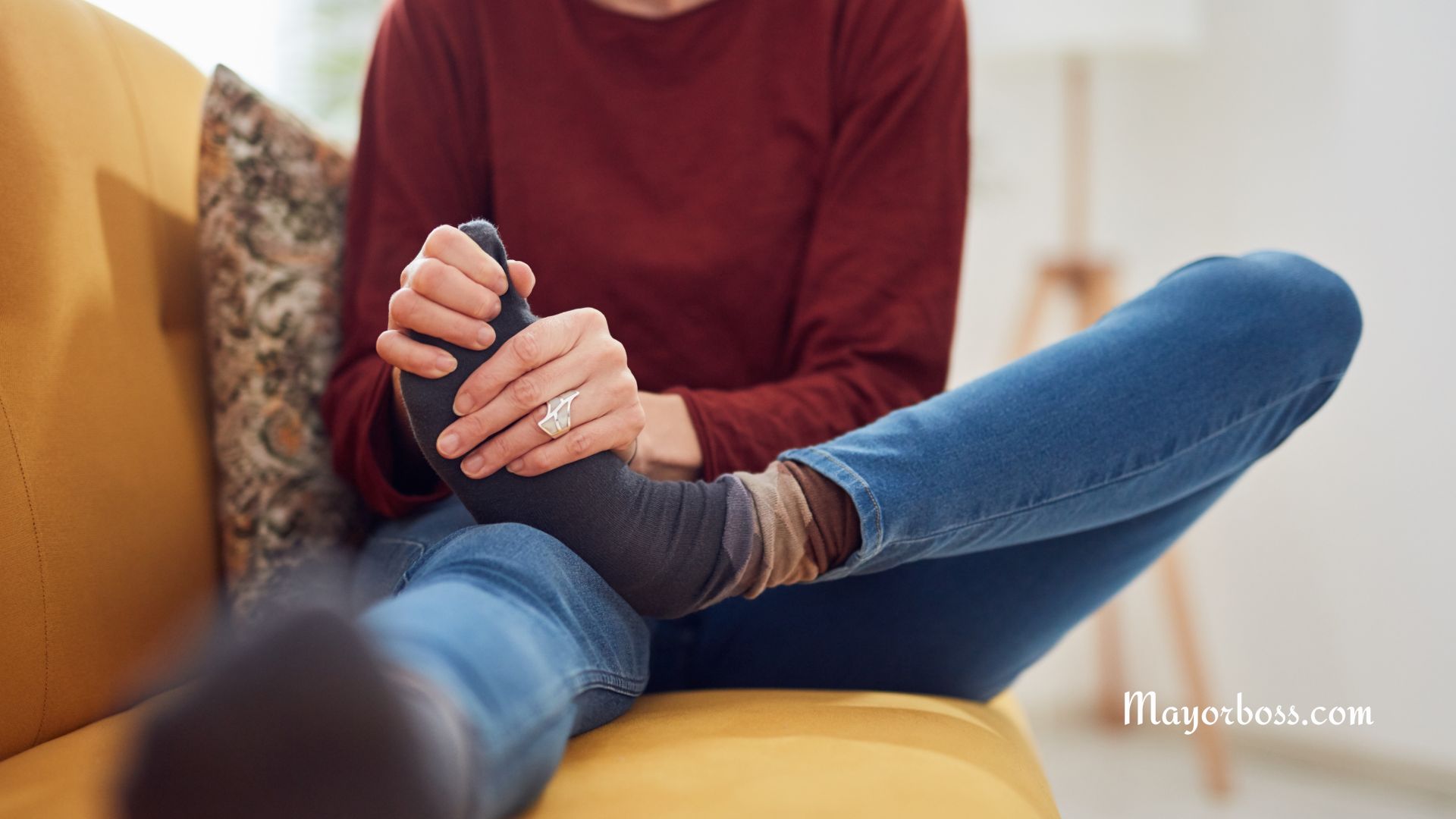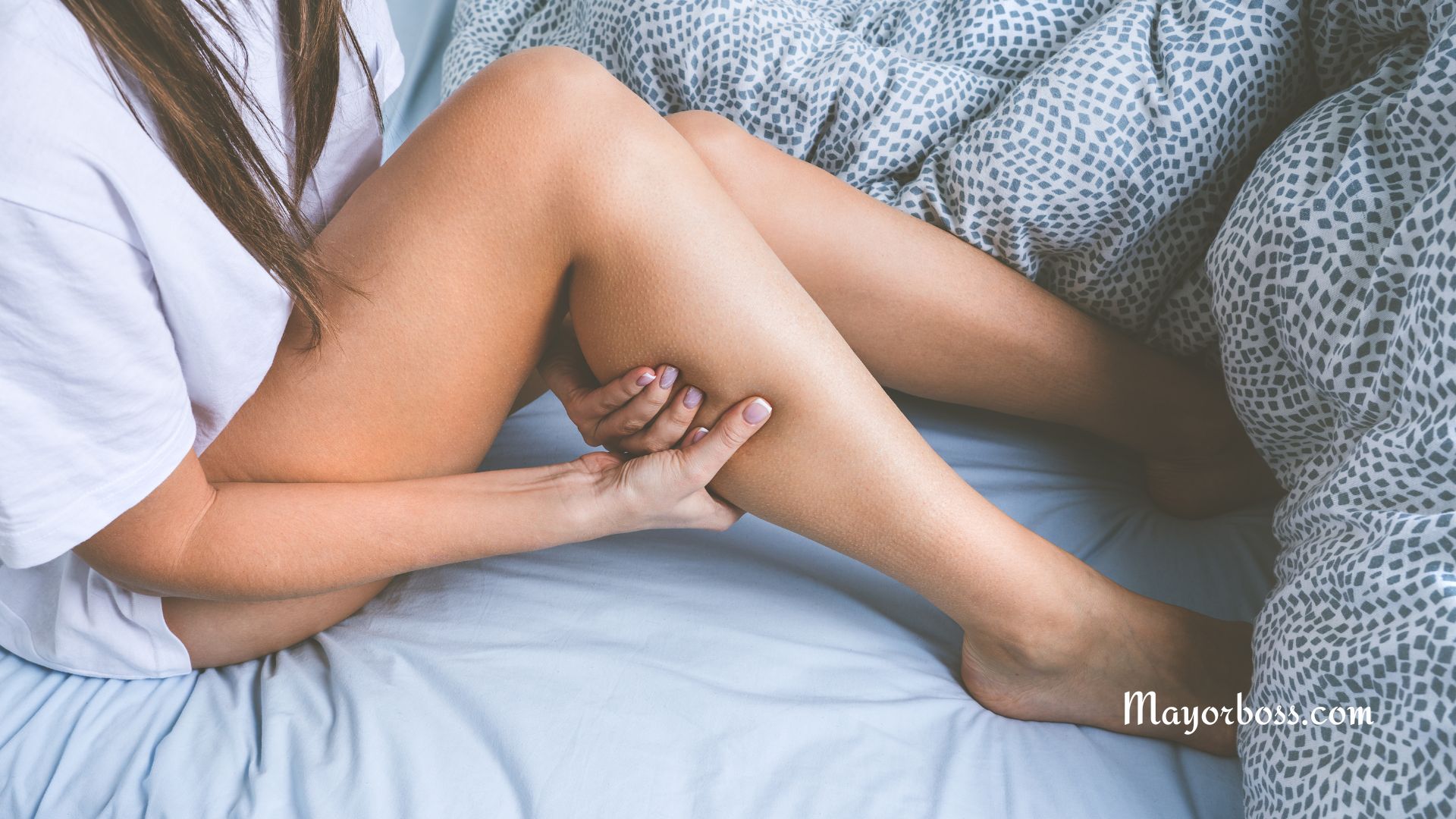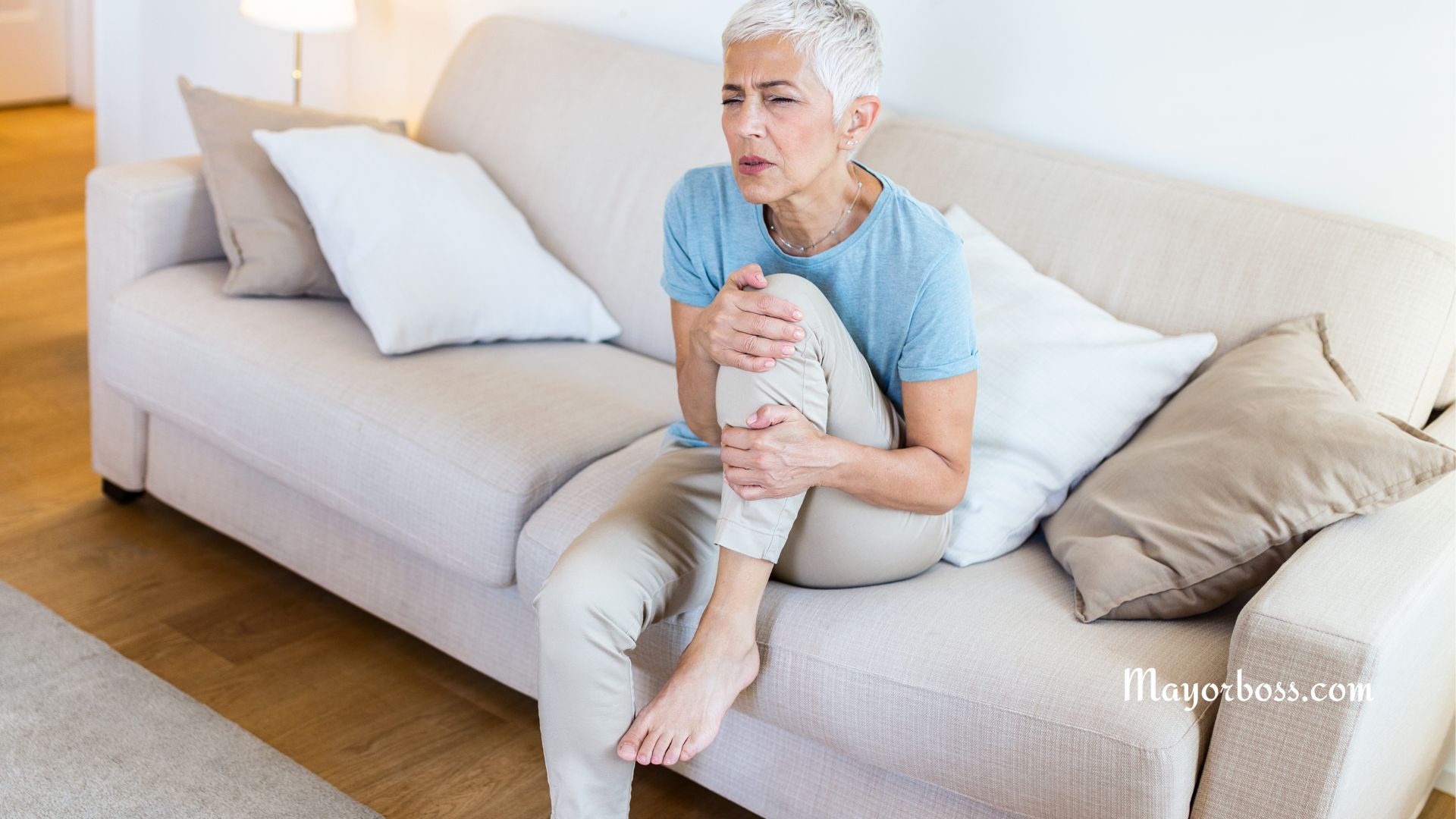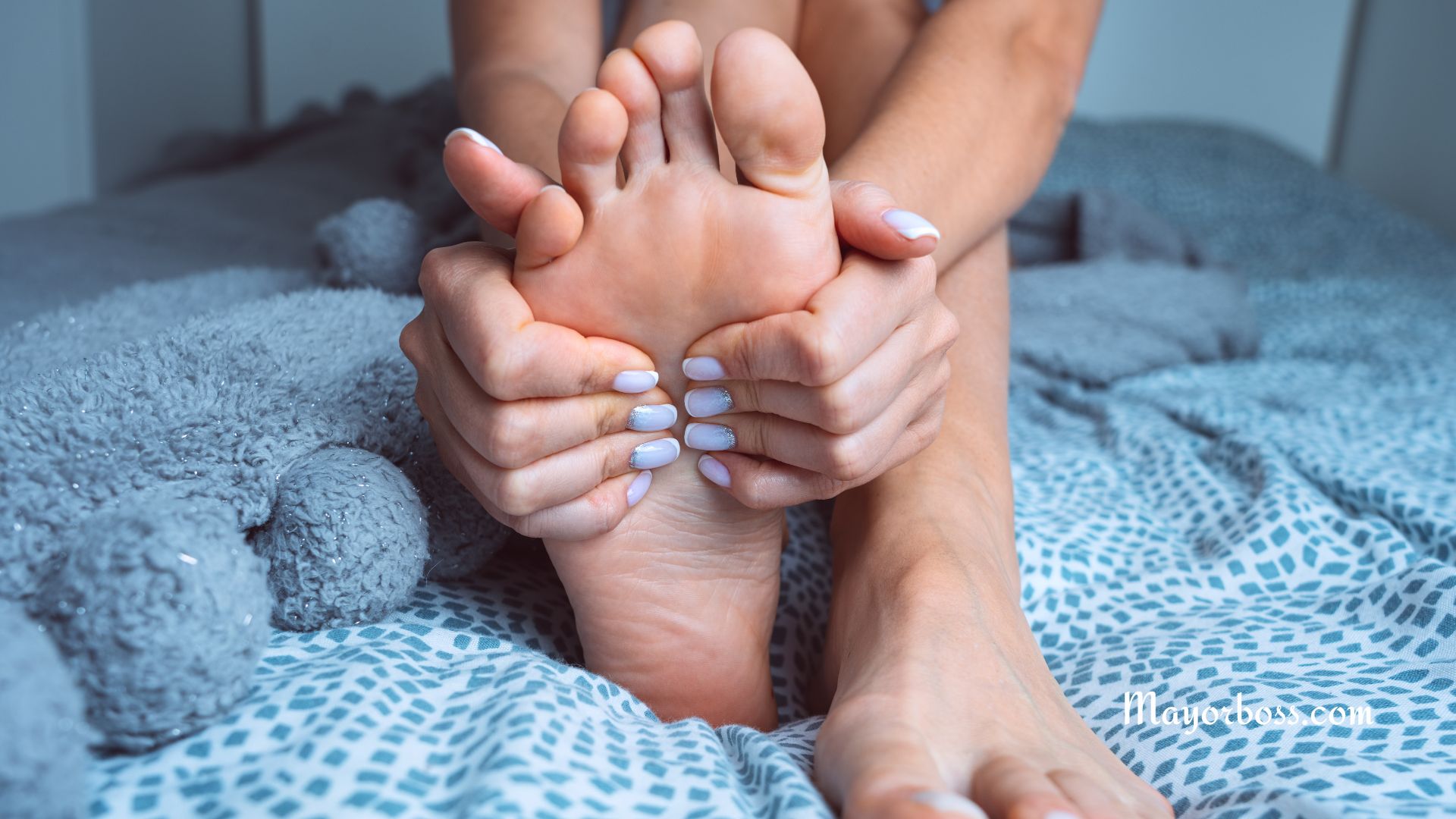How to Treat and Prevent Leg Cramps
Leg cramps are sudden, involuntary muscle contractions that can be extremely painful. They often occur in the calf, thigh, or foot. While the exact cause can vary, dehydration, muscle fatigue, and certain medications are common triggers. Effective treatment and prevention strategies include stretching, hydration, and lifestyle changes.
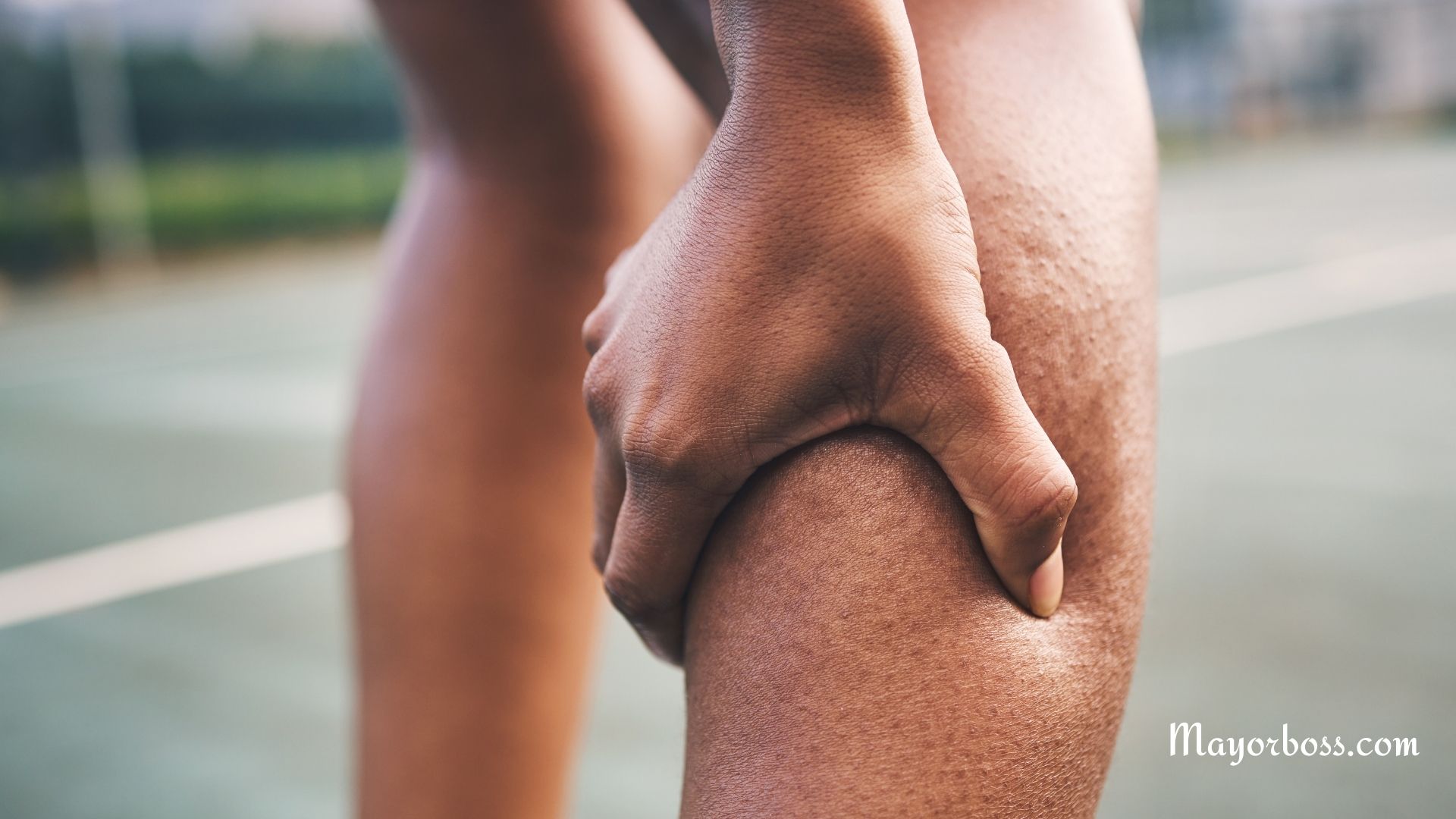
Why Do You Get Leg Cramps?
When you experience a leg cramp, it’s usually because your muscles are contracting involuntarily. So why does this happen? Well, common triggers include dehydration, muscle overuse, and, sometimes, certain medications. A lack of essential minerals like potassium, calcium, and magnesium in your diet can also cause leg cramps. Doctors often say that older adults and pregnant women are more susceptible to experiencing leg cramps.
Dehydration
Lack of fluids is a common reason for leg cramps. Your muscles need adequate hydration to function properly. When you’re dehydrated, your muscles are more likely to contract painfully.
Muscle Fatigue
Overworking your muscles, especially without proper warm-up and cool-down, can make you more prone to leg cramps. Athletes and people who engage in rigorous physical activity are particularly at risk.
Medication Side Effects
Certain medications, like diuretics and statins, have been known to cause muscle cramps. Always consult with your healthcare provider if you suspect that your medication could be the cause.
Further Reading: Here’s Why Your Leg Cramps at Night
How Can You Treat Leg Cramps?
Once a leg cramp strikes, you’ll want immediate relief. Below are some effective ways to treat a leg cramp when it happens.
Stretch and Massage
Stretch the affected muscle gently. For a calf cramp, you can stand about two to three feet from a wall and lean into it, keeping your heels on the ground. After stretching, try massaging the muscle with your hands or with a foam roller to relax it.
Apply Heat or Cold
Heat can help relax and loosen tissues and stimulate blood flow to the area. Use a warm towel or heating pad for about 20 minutes. Conversely, applying ice can numb the area and reduce inflammation. A cold pack or a bag of frozen peas wrapped in a cloth will do the trick.
Over-the-Counter Medication
Pain relievers like ibuprofen can offer temporary relief from muscle cramps. However, they are not a long-term solution and should be used sparingly.
Prevention
To prevent leg cramps, you should focus on lifestyle changes and home remedies that can reduce your risk.
Stay Hydrated
Consistently drinking water throughout the day is crucial. Make sure to increase your fluid intake if you’re engaging in physical activities or if the weather is hot.
Stretch Regularly
Stretching before and after exercise can prepare your muscles for physical activity and help prevent cramps. Moreover, consider incorporating flexibility exercises like yoga into your routine.
Balance Your Diet
Include foods rich in essential minerals like potassium, calcium, and magnesium. Bananas, avocados, and almonds are excellent choices. Scientists believe that a balanced diet can go a long way in preventing muscle cramps.
Consult Your Doctor
If you’re frequently experiencing leg cramps, it might be a good idea to consult a healthcare provider for a proper diagnosis and treatment plan. They can rule out underlying conditions and may recommend tests or medications to address the issue effectively.
So, armed with this knowledge, you can now tackle leg cramps head-on. Adopt a well-rounded approach to hydration, stretching, and a balanced diet for a cramp-free life!

